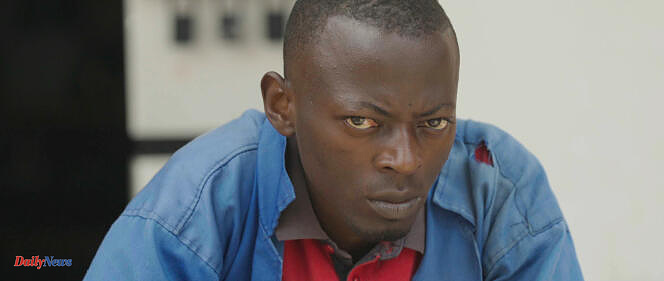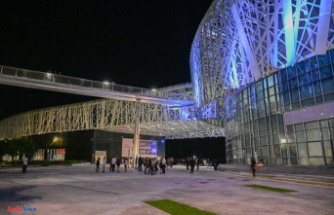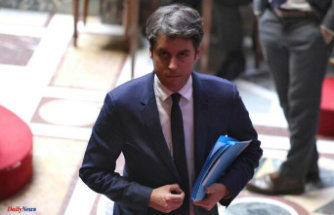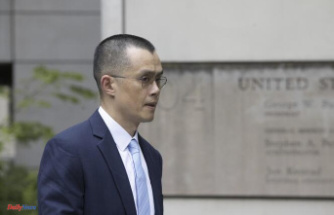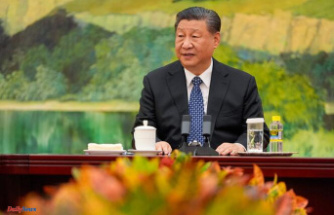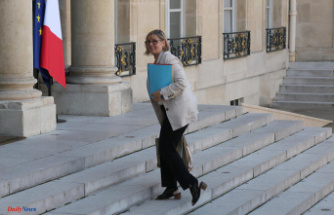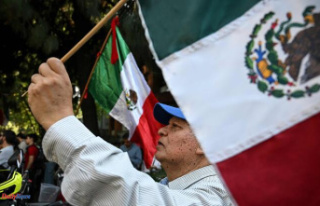A countdown, a countdown to the last genocide of the 20th century. The documentary Rwanda, towards the apocalypse analyzes chronologically the mechanisms and events which led to the genocide of the Tutsi in the spring of 1994.
The film shows that hatred follows a maturation process. It is first trivialized in order to permeate people's minds, then it crescendoes. Then you need a signal, a detonator. This will be the attack perpetrated against the plane of President Juvénal Habyarimana, on April 6, 1994. As the latter was preparing to land in Kigali after signing the Arusha peace accords, his Falcon was hit by two missiles taken from the ground. A few dozen minutes later, roadblocks were erected and the massacres began. They will last three months and cause between 800,000 and 1 million deaths (bodies were still found in March).
Enriched by the words of Gaël Faye, the documentary therefore focuses on the preparatory period. The co-directors (Michaël Sztanke, Seamus Haley and Maria Malagardis, journalist at Libération) distinguish five phases before the final conflagration of 1994: the genesis (1959), the war (1990), the test (1991), the target (1992) and Cruelty (1993).
Testimonies from survivors
At the beginning, there is the Belgian colonizer, who establishes the racialization of society by imposing that the race of each individual be mentioned on their identity card. At the end, there is Radio-Télévision Libre des Mille Collines (RTLM) which offers rewards to mass killers between two tunes of Congolese music.
Thanks to numerous archives, some of which have never been seen before, the film recalls Rwanda's worst hours. It shows horrific images where hundreds of corpses pile up along the roads. Thanks to a fair tone and rigorous speakers (historians Marcel Kabanda, Vincent Duclert, etc.), it reveals the cycle of genocide and demonstrates, for example, how the massacre of 2,000 Bagogwe in 1991 served as a “dress rehearsal” before the final solution planned three years later.
The documentary is fascinating because, in addition to the moving testimonies of survivors, it gives voice to former genocidaires, such as Hussain Longo Longo, head of the Interahamwe militias of Rugenge (1990-1994), or Valérie Bemeriki, leading host of RTLM, sentenced to life imprisonment by the gacaca, the popular courts.
This film finally shows how officers such as Jean Varret, at the head of military cooperation, tried in vain in France to alert their superiors or the public authorities.
The evening continues with the program “La Case du siècle” and a second documentary, Rwanda, disobey or let die?, which shows the hesitations of the international community during the Rwandan tragedy. On April 21, 1994, as the genocide entered its most active phase, the UN Security Council reduced the UN mission's strength to just 270 people, a 90% reduction in peacekeepers.
With previously unpublished archives, the film questions whether the military should be given a duty of disobedience when they receive a manifestly illegal order.

